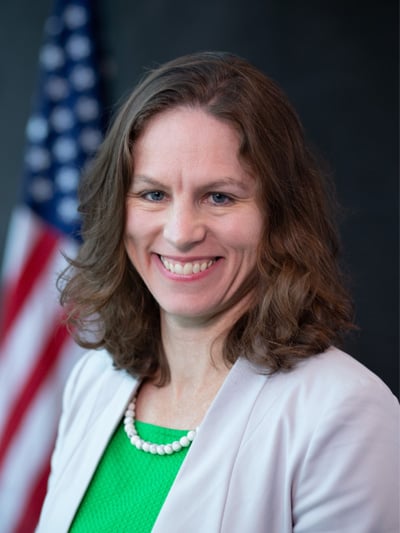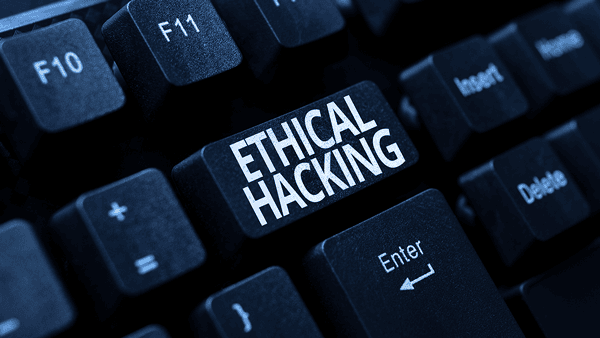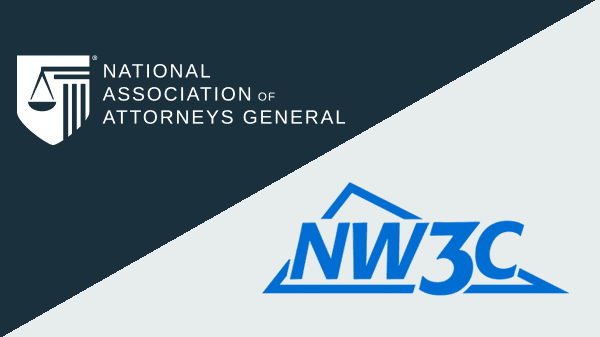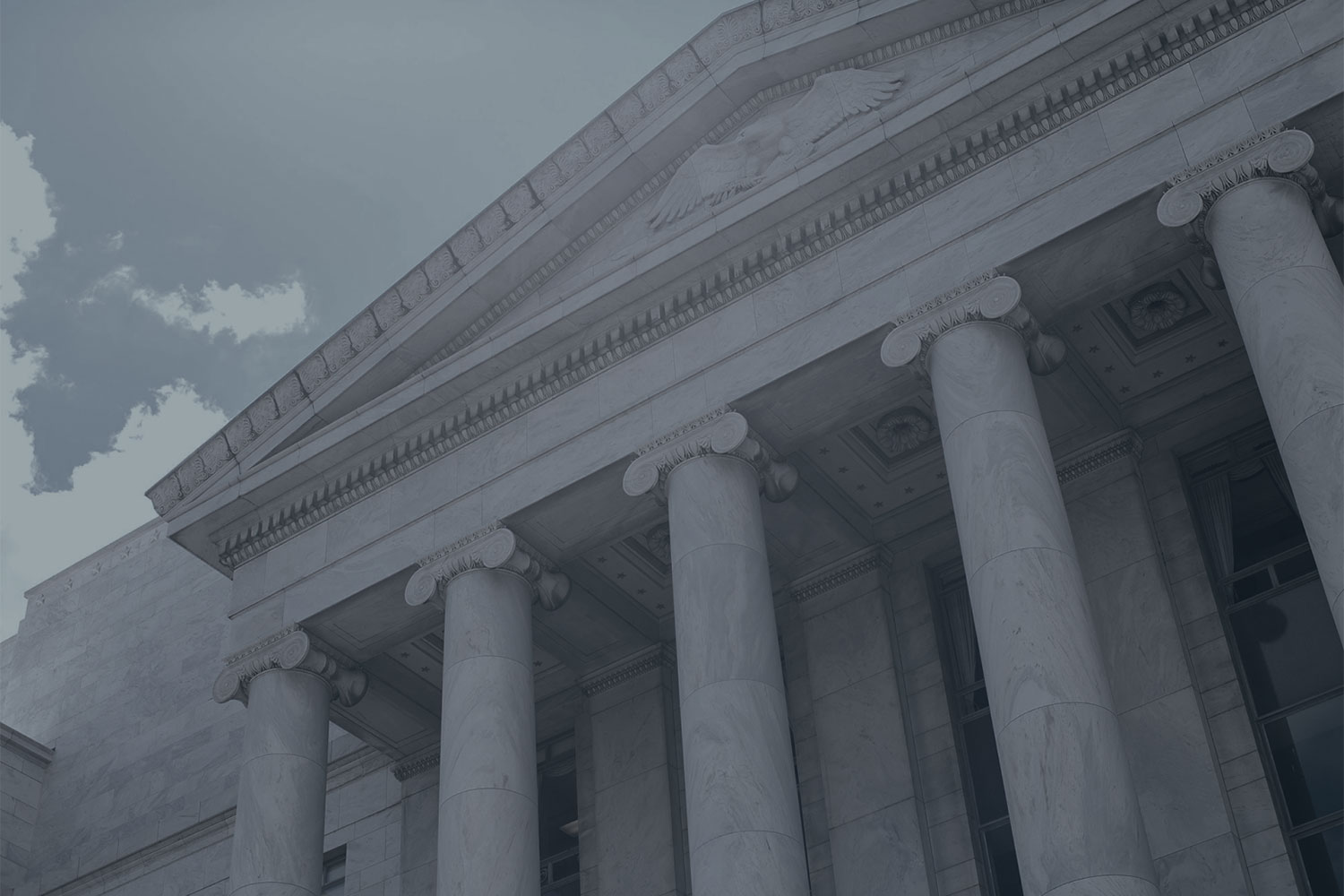-
 Coeditor, The Anticorruption Manual: A Guide for State ProsecutorsDirector, NAGTRI Center for Ethics and Public Integrity
Coeditor, The Anticorruption Manual: A Guide for State ProsecutorsDirector, NAGTRI Center for Ethics and Public Integrity
This article is part of a series about The Anticorruption Manual: A Guide for State Prosecutors. The other articles in the series are:
- The Anticorruption Manual: Helping State Corruption Prosecutors Fill the Role the U.S. Supreme Court Expects Them to Play
- Section II: Investigating Corruption Cases
- Section III: Criminal Corruption Statutes
- Section IV: The Corruption Trial and Common Defenses
- Section V: Ethical & Strategic Considerations in Corruption Cases
- Section VI: Civil & Administrative Enforcement, Asset Forfeiture, & Collateral Consequences of Corruption
The first section of The Anticorruption Manual, “Species of Corruption Cases,” examines different contexts in which public corruption arises. Authors analyze corruption fact patterns and legal issues, describing how and why corruption occurs within different areas of government. Each chapter focuses on one specific context, addresses the importance of prosecuting corruption in that context, and highlights the legal, structural, and ethical challenges particularly germane to that context. Many authors discuss cases that they investigated or charged and share some of the lessons learned from case studies.
Chapter 1.1: Judicial Corruption: A Threat to Justice
The book starts with a chapter on judicial corruption by New York City Department of Investigation Deputy Commissioner Daniel G. Cort, the former chief of units that prosecute corruption at both the New York Attorney General’s Office and New York County District Attorney’s Office. This chapter discusses judicial privilege and includes three case studies detailing the prosecutions of federal circuit judge Martin Thomas Manton, the “Kids for Cash” judges in Pennsylvania, and Brooklyn matrimonial court judge Gerald Garson. It may be downloaded for free.
Chapter 1.2: Executive Corruption: The Trial of the Pennsylvania Attorney General
The local prosecutors that successfully tried former Pennsylvania Attorney General Kathleen Kane detail the investigation, charges, and trial. The chapter discusses how the team, led by Montgomery County District Attorney Kevin R. Steele, prosecuted their state’s chief legal officer for improperly leaking grand jury materials and lying to a grand jury investigating the leak. They accomplished this despite the defendant having the power to fire witnesses and to improperly obtain access to investigative materials. The chapter also explains how prosecutors obtained access to an unrelated federal wiretap, which provided important corroboration for a key witness, and describes challenges inherent in an inherited investigation.
Chapter 1.3: Legislative Corruption
In the legislative corruption chapter, Special Investigations Division Chief/ Special Counsel to the Suffolk County (New York) District Attorney Howard Master draws on his experience as a federal prosecutor who investigated, charged, and tried former New York State Assembly Speaker Sheldon Silver. In addition to discussing the Silver case, the chapter describes the Alabama state prosecution of former Speaker of the House Mike Hubbard and the federal prosecution of United States Senator Robert Menendez. The chapter also explains legislative immunity—an issue for state prosecutors in the 43 states1 where it is recognized—and details some important sources of evidence typically available in investigations of legislators.
Chapter 1.4: Bid Rigging on Public Contracts
Common patterns in bid rigging and other public contracting crimes are among the topics addressed in a chapter by Emily Myers, editor of State Attorneys General Powers and Responsibilities, NAAG Antitrust Counsel, and NAGTRI Chief Editor. This chapter also provides an overview of federal and state laws to consider charging in these cases, as well as policies and state laws that may impose limitations on successive federal and state prosecutions of the same scheme.
Chapter 1.5: Local Corruption Investigations: The Quintessence of Official Misconduct Prosecutions
In this chapter, Cook County Circuit Judge Dave Navarro and Kathleen Duhig, both former corruption prosecutors at the Illinois Attorney General’s Office, describe several prosecutions of corrupt local officials. They also explain how certain conditions—like allowing one person to control intake, depositing, and recordkeeping of cash payments—can provide fertile ground for embezzlement and share some approaches to investigating cases involving misappropriation of funds.
Chapter 1.6: Prosecuting Union Corruption
Glen McGorty and Rebecca Monck Ricigliano—both former federal prosecutors and now of Crowell & Moring—contributed a chapter that includes a case study about a civil racketeering suit against the Teamsters Union in New York and one author’s participation in the resulting monitorship of the union. This chapter also discusses source development—including by using the Witness Security Program—and some federal and state laws that can be used to address union corruption.
Chapter 1.7: Election Crimes
In addition to describing a voter fraud investigation overseen by his office, Tim VanderGiesen, the Division Chief of the Public Corruption Unit at Miami-Dade State Attorney’s Office, discusses both federal and state election crimes laws. This chapter also offers practical tips for prosecutors and investigators about addressing claims of election fraud and developing relationships with elections departments to ensure that, when appropriate, those claims can be thoroughly investigated.
Chapter 1.8: Police Corruption
The final chapter of the section, written by Amie Ely, Director of the NAGTRI Center for Ethics & Public Integrity, examines different types of police corruption and ways to address it, including by using coconspirator witnesses and a grand jury to bring criminal charges against individuals, and by using commissions and consent decrees to address more systemic issues. The chapter looks closely at ways to secure witness testimony, including through cooperation agreements, non-prosecution agreements, and immunity orders. It also flags ethical issues that might be more likely to arise in cases involving corrupt police officers—including conflicts of interest for prosecutors’ offices and for defense attorneys—and suggests ways to address them.
The goal of Section One of The Anticorruption Manual is to help readers understand:
- The legal issues that are more likely to arise in different types of corruption investigations, such as judicial privilege or legislative immunity.
- Potential ethical issues prosecutors may face with specific corruption targets, such as a potential conflict of interest if an office investigates a police officer with whom it works closely.
- Red flags to investigate, including in cases involving suspected bid-rigging or embezzlement by a government employee.
- Challenges prosecutors and investigators may face when investigating a powerful official, such as a judge or elected statewide official.
- Some federal and state statutes that should be considered when investigating and charging a variety of different types of corruption cases.
The next article in this series will discuss chapters addressing how to investigate corruption cases.
- Steven F. Huefner, The Neglected Value of the Legislative Privilege in State Legislatures, 45 Wm. & Mary L. Rev. 221, 224 (2003), https://scholarship.law.wm.edu/cgi/viewcontent.cgi?referer=&httpsredir=1&article=1305&context=wmlr. [↩]




